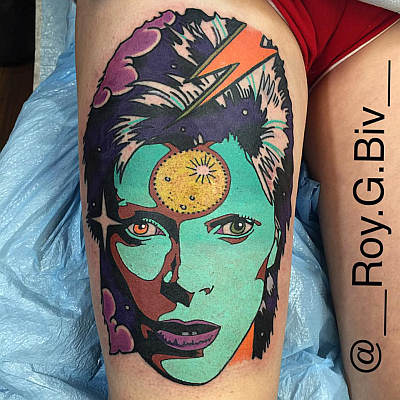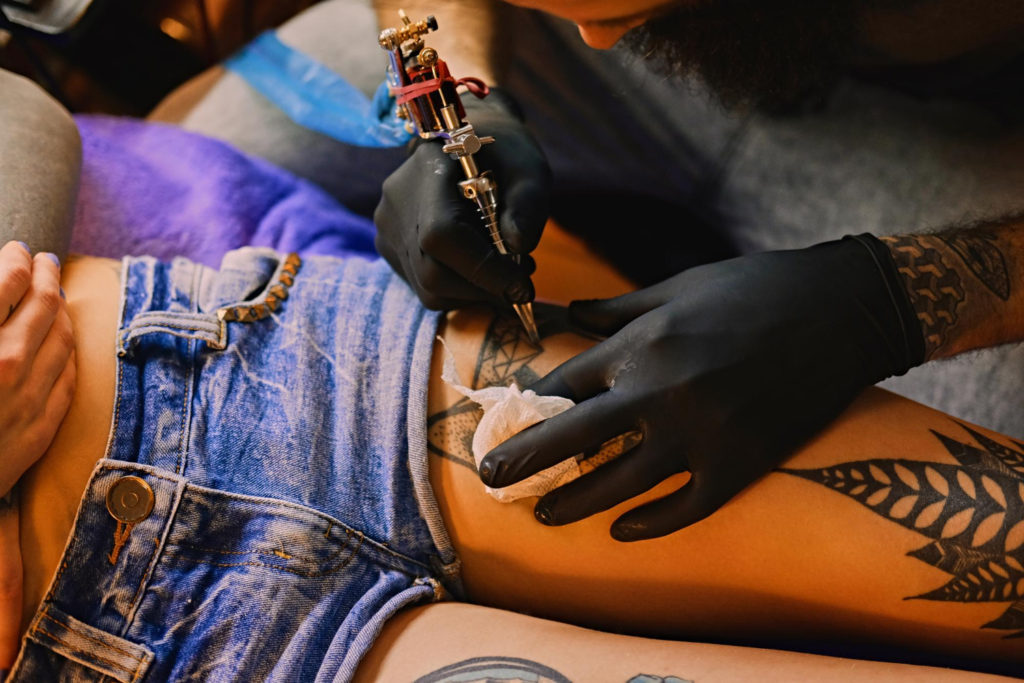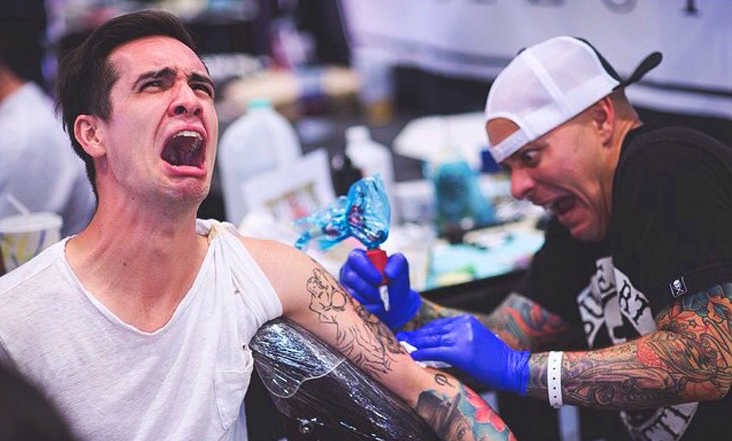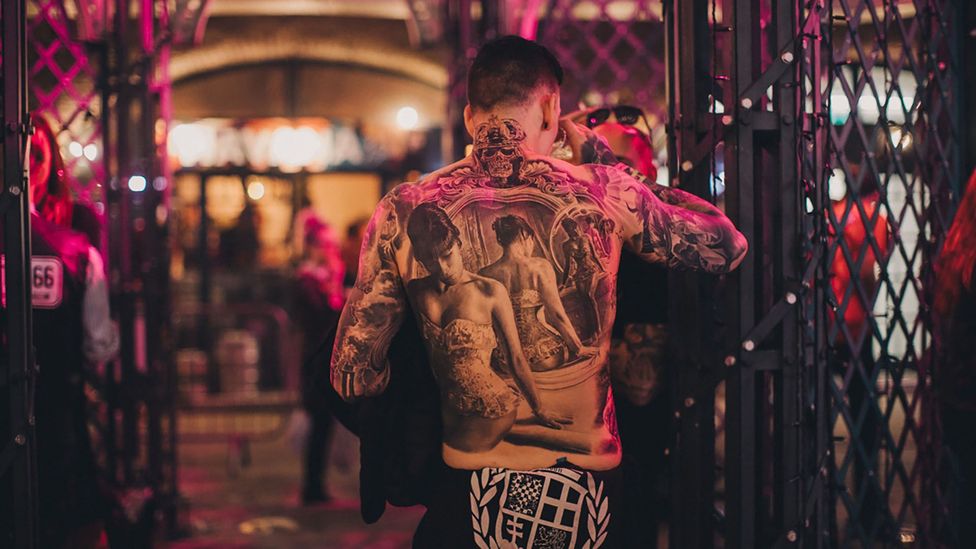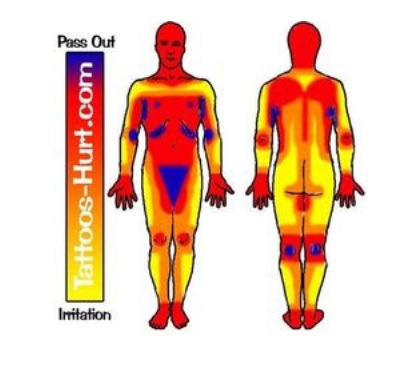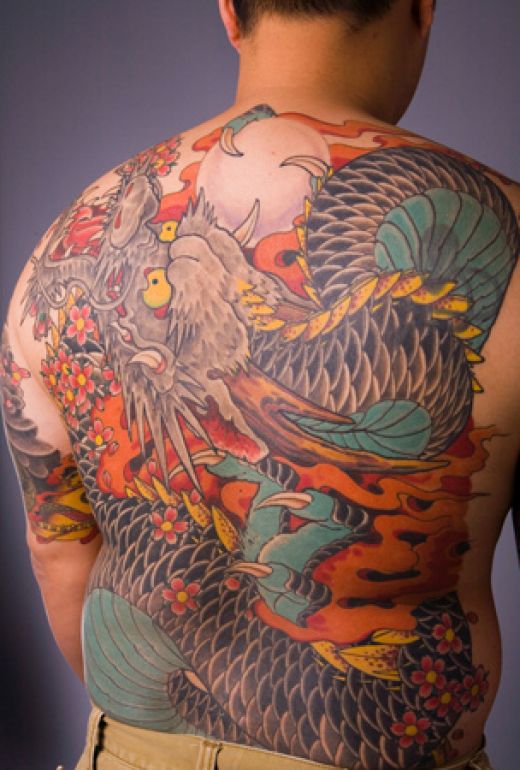Ever wonder why music tattoos are so prominent? Why do certain music cultures have such strong ties to tattoo culture, or vice versa? How has music influenced tattoo art? We’ll look at possible answers to these questions and highlight some excellent music tattoo designs along the way.
Music Tattoos – History
Going all the way back to our primitive brought tattoos and music together. The practice is alive and well today– and it has even evolved from an indirect to a direct relationship.
Music Tattoos as Rebellion (and Fashion)
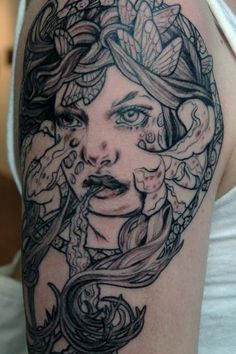
The intersection of music and tattoos most visibly begins with the inception of the punk rock and heavy metal culture of the early 1970s. Both musical styles and their respective cultures hinge on their anti-social rebellious attitudes that buck the norm in order to establish unique identities within the prevailing culture– that is, they’re sub-cultures that exist within the overarching culture but aim to stand out as different.
As a way to set themselves apart, these musical subcultures looked to the art of tattoos, a pre-existing subculture, that had long been associated with criminals, military types, and general ne’r-do-wells. Initially, classic tattoo forms were employed, meaning that those getting tattooed tended to stick with traditional tattoo designs. Naturally, with two subcultures predicated on individuality and uniqueness, it was only a matter of time before tattoo art began to change to suit the subcultures that had begun to bring the artform into the mainstream. More Tattoo Info:Imperial Ink: Star Wars Tattoos
Punk and Metal Music Tattoos
Punk and metal’s music culture took a love of music and a desire to stand out from the crowd and created a new theme within the tattoo culture– band tattoos (tattoos of band logos, most often).
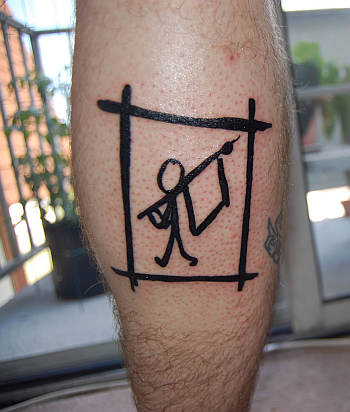
Punk in particular was fond of this style, which is why you see a lot of older punks who were deeply involved in the scene covered with Black Flag or Misfits tattoos (See Henry Rollins).
Punk music tattoos would eventually become status symbols, evolving to the various subgenres that individuals listen to. In punk culture at large, having tattoos (especially tattoos that were more visible) is a way of showing how committed to the culture you are.
Straight Edge Punk – A different kind of music tattoo
In some cases, particularly Straight Edge Punk in the 90s, music tattoos were a way of identifying those who shared similar ideals. Straight edge punk was a sub genre of punk that held very specific moralistic beliefs and was itself a rebuke of punk culture at large– while living within the subgenre musically.

Example of a straight edge tattoo. “X’”s represent the x placed on the hands of underage kids at punk shows, signifying they couldn’t drink. Straight edge punks shun alcohol and drugs.
The appearance of straight edge tattoos was a natural progression and with that progression the evolution of music tattoos continued. Now, band logos were out of fashion. These music tattoos used a variety of visual elements to tie together the subgenre’s philosophy and the aggression of that subgenre’s sound. Straight edge tattoos often featured lyrical excerpts, album titles, and in a few cases earlier on, band logos.
More Tattoo Info: The Most Painful Place to Get Tattooed
The Evolution of Music Tattoos
Nowadays, getting a tattoo of a band logo isn’t exactly in fashion. The combination of tattoo and music cultures have begun a focus on the art– both visual and lyrical.
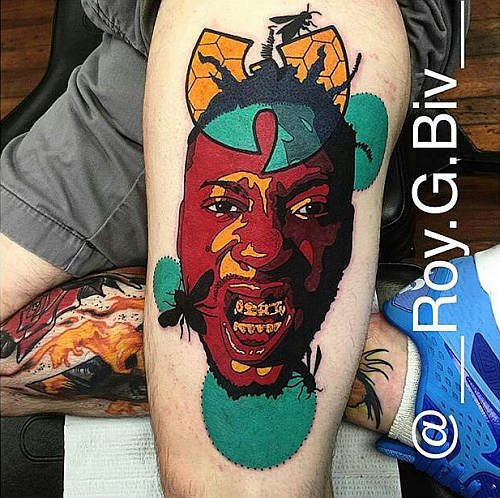
Music tattoos these days often include album art, lyrics, or visual representations of lyrics. Sometimes, there’s a combination of these elements. In some cases the tattoos may be of musicians or musical artists themselves.
Another interesting trend has been younger people getting tattoos of older bands– bands or performers their parents would have listened to. While David Bowie is for sure one of the most popular examples, other surprising musical acts include: The Grateful Dead, The Beatles, and The Rolling Stones. It’s very likeley that the reason for this has to do with sentimentality and the memory of something that the wearer and their parents shared an interest in.
Finally, music and tattoos can have a more general intersection. While the history of music tattoos in the 20th/21st century tended to involve identifying a favorite artist as a feature of the tattoo itself. Nowadays it is increasingly popular to identify oneself as a music lover through tattoos that suggest simply that. From headphones to record players, these tattoos aren’t speaking to a love of a specific musician, simply to a love of music in general. More Tattoo Info:The Cloud Tattoo: More than One Way to Paint the Sky
Before we go, here’s another sweet piece from Geary Morrill– because I’m sure you came here to see some sweet tattoo pics, not listen to some dude ramble about tattoo history.
